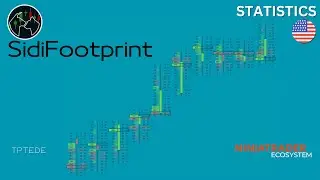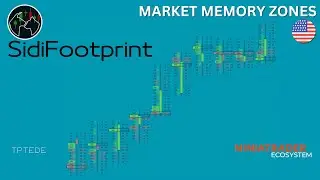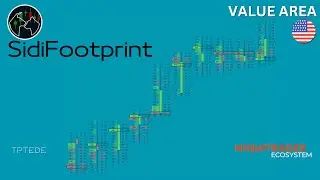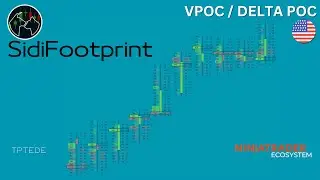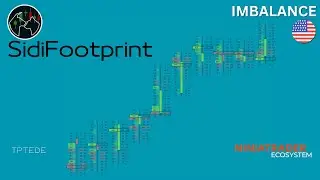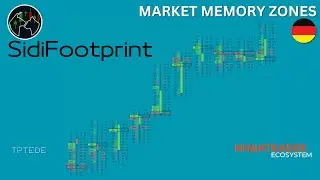Ninjatrader - Sidi Footprint - Finished and Unfinished Auctions
In this insightful tutorial, I explain the Finished and Unfinished Auctions functions of the SidiFootprint Indicator:
📊 Basics:
Definition of Finished and Unfinished Auctions
Significance for market mechanisms and exchange rules
🎨 Display Options:
Show Unfinished, Finished, or both auction types
Text coloring, markers, or both
Customizable colors for better visibility
⚙️ Configuration Possibilities:
Filtering by auction type
Display in current or completed bar
Scalable view for different time frames
📈 Trading Relevance:
Identification of potential market imbalances
Integration into Orderflow and Footprint trading strategies
👉 Next Steps:
Explanation of Absorption and Exhaustion Prints in the following video
Our support team is available for further questions.
#SidiFootprint #NinjaTrader #FinishedAuctions #UnfinishedAuctions #OrderFlow #TradingTools #TwinPeaks
http://tpte.de/sidi-tools-licensing
---
Risk Disclaimer: The strategies presented in this video are for informational purposes only and do not constitute an offer, advertisement, or recommendation to buy or sell futures, currencies, or other securities or financial products. By using this information, you accept that the publisher assumes no liability, even though all information has been prepared with the utmost care and to the best of our knowledge and belief. No form of investment advice is provided through the information presented and made available here. Trading in financial products, specifically futures, currencies, stocks, and options, involves high risks, including the risk of total loss. Only trade if you understand and can bear the potential losses. If you use the methods presented here for your own trading, you bear sole and full responsibility. If you wish to receive investment advice or related services, please contact a state-licensed financial advisor. Profits and losses resulting from the videos always refer to past actions and therefore do not guarantee future profits. Financial markets are constantly evolving and changing, and trading decisions must be continuously adapted to these changes.












